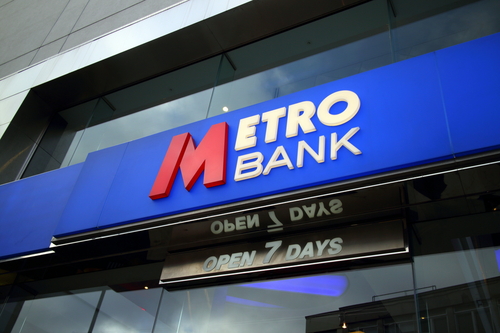News
Savers shun big four in favour of challenger banks

For the first time, the majority of savers are seeking out higher rate paying accounts offered by challenger banks over traditional high-street banks, MoneySuperMarket data shows.
Analysis of more than 15 million MoneySuperMarket savings enquiries between 2011 and 2015 shows traditional high street banks are losing out to a variety of new banking brands; namely Aldermore, Parabank and RCI, who regularly feature in the savings products best buy tables.
This year, established banks have seen their share of MoneySuperMarket savings customers fall to 48 per cent, a total loss of eight percentage points on 2014’s figures, and the first time this figure has slipped below 50 per cent. In 2011, 63 per cent of all MoneySuperMarket savings enquiries related to mainstream banks.
In contrast, new challenger banks have dramatically increased their business. They now represent 25 per cent of all savings enquiries, a 15 percentage point leap from last year.
Although newer challenger banks have increased their presence, more established challengers (such as supermarket banks) have fallen out of favour over the last year. They do, however, still represent 21 per cent of savings searches, down from 25 per cent last year, and 35 per cent in 2011.
“Savers are looking beyond more traditional banks to challenger brands offering higher rates of return,” said Kevin Mountford, head of banking at MoneySuperMarket.
“With a number of overseas players entering the market, such as RCI, the launch of new UK providers such as Charter Savings and Oak North, and others such as Atom and Williams & Glyn waiting in the wings, the variety of accounts on offer is continually growing. This is, in part, due to the changing regulatory environment which means it’s now far easier and quicker to obtain a UK banking license.
“Savers will want to make their money work as hard as possible for them, and the increase in switches to new banks and challenger brands is a sure-fire signal those brands are offering better rates. The majority of banks are not proactive when it comes to making sure people are on the best deal. Therefore, those who have held savings accounts for over 12 months with the same provider could find better rates by exploring the market and ultimately maximising their money.”
[article_related_posts]